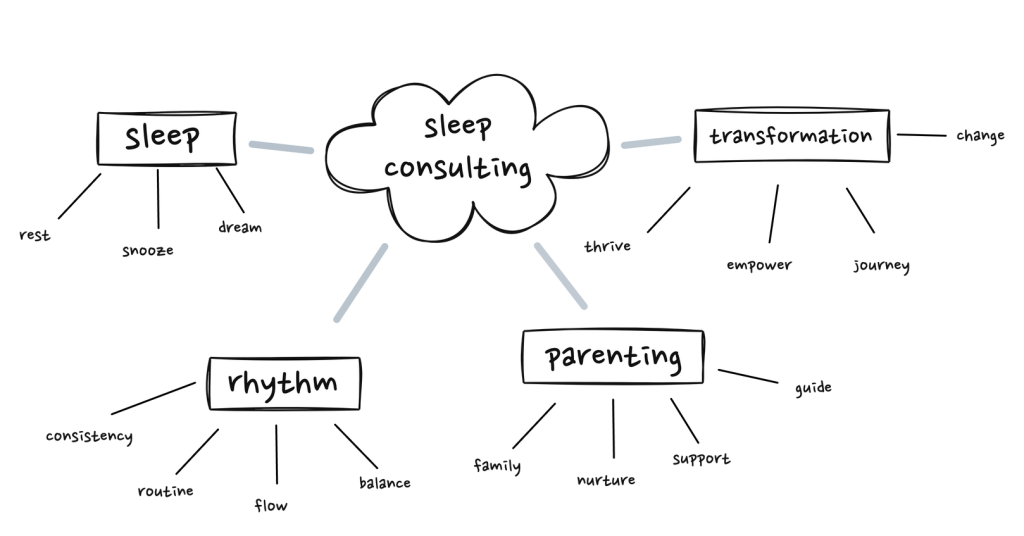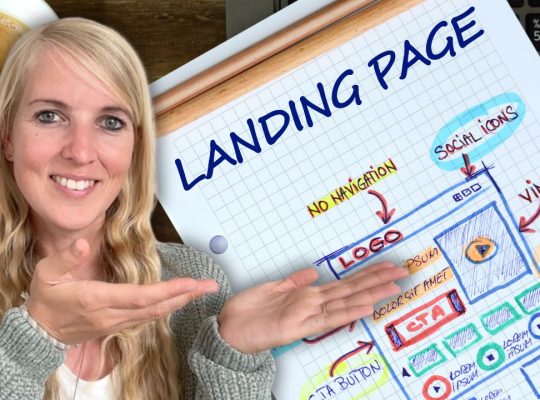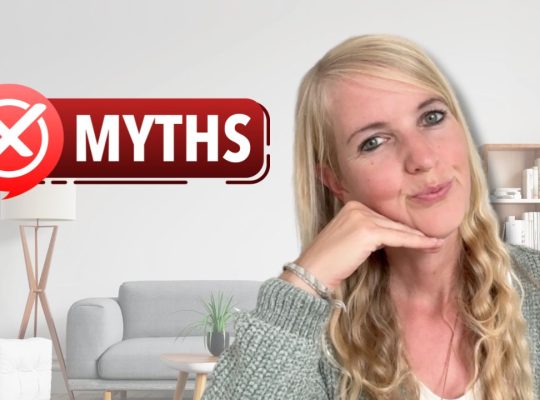Choosing a name for your business is a little like naming your baby—it’s exciting, nerve-wracking, and yes, everyone will have an opinion. But don’t get stuck in analysis paralysis! The best names are simple, memorable, and aligned with your vision.
If people have to pause and ask, “Wait, how do you spell that?” or “What does that mean?”, you’re making things way harder than they need to be. Think effortlessly, clear and easy to remember. Think about the parents you want to serve and what kind of vibe they’ll connect with.
Step 1: Start With Your Audience in Mind
Ask yourself these key questions:
- What transformation do I want to bring to families? Your name should hint at how you help. For example, do you want to emphasize peaceful nights, empowered parenting, or trusted guidance?
- What tone will resonate with my audience? Should your name feel nurturing, professional, playful—or a mix of these? Imagine what would catch the attention of your ideal client.
- Does it stand out? Skip generic names that blend in with the crowd. A little creativity can help your name be memorable without being confusing.
Step 2: Use a Word Bank for Inspiration
Grab a notebook and write down words related to sleep, parenting, transformation, and calm. Think about words like:
- Sleep: rest, snooze, dream, calm, settle
- Transformation: change, journey, thrive, empower
- Parenting: family, nurture, support, guide
Mix and match these words with your own ideas.

Source: The Sleep Consultant Playbook – for sale on Amazon from April 15th, 2025
Step 3: Brainstorm Freely
Set a timer for 10-15 minutes and write down every name that pops into your head. Don’t filter yourself—this is about quantity, not perfection. Sometimes, the silly or “bad” ideas lead you to the perfect one!
Step 4: Narrow It Down
Once you’ve got a long list, highlight 3-5 names that feel aligned with your vision and audience. Say them out loud. Imagine them on a logo or social media handle. Do they feel right? Great—now, before you get too attached, check that they’re actually available!
There is nothing worse than falling in love with a name, only to find out someone else is already using it—or worse, it’s trademarked! Here’s a quick checklist to help you cover all your bases:
> > > Check 1: Domain Name
Your website will be the key to your online presence, so check if your desired name is available as a domain. Tools like GoDaddy or Namecheap can help. If your name is taken, try simple variations, like adding your location (e.g., RestfulBeginningsNY.com) or descriptive words like “consulting.”
> > > Check 2: Social Media Handles
Consistency across platforms helps clients find you and builds a professional online presence. Search your potential business name on Instagram, Facebook, LinkedIn, and any other platforms you plan to use.
> > > Check 3: Business Registry
Search your local business registry (e.g., your Secretary of State’s website) to ensure no one has legally claimed your name. Simply Google something like “California Secretary of State business name search,”. Make sure to use official government sites—usually ending in “.gov”—to avoid unnecessary fees from third-party sites.
> > > Check 4: Google It
Do a quick Google search to check for similar names in your industry. If your name is too close to a well-known brand or another Sleep Consultant in your area, it could confuse potential clients or even lead to legal headaches. You can also check with your local chamber of commerce to avoid overlap.
Step 5: Make a Decision
I know, this is the hardest part, but trust your gut. At the end of the day, the best name is one that feels right to you. Sure, get feedback from friends or family, but don’t let outside opinions derail you from what excites you.
This is your dream business—your name should reflect that!
Did you hear that I’m writing a book? I’ve seen too many incredible, passionate Sleep Consultants struggle—not because they aren’t talented, but because they don’t have a clear, step-by-step roadmap to turn their passion into a sustainable business.
And I knew this had to exist. Tadaa…. The Sleep Consultant Playbook launches on Amazon on April 15th, 2025! 🎉🎉🎉 And I’m BEYOND excited to share this with you…
Inside the Playbook, you’ll find a step-by-step guide to attracting dream clients, setting up automations, hiring your first team member, and much more!!
🔥 Sign up HERE to grab your exclusive LAUNCH discount!








